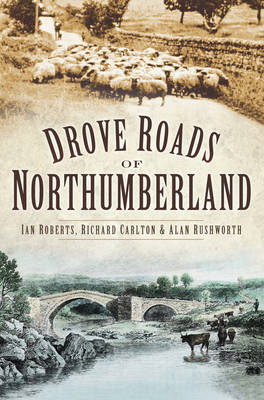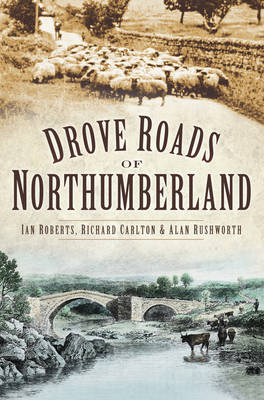
- Afhalen na 1 uur in een winkel met voorraad
- Gratis thuislevering in België vanaf € 30
- Ruim aanbod met 7 miljoen producten
- Afhalen na 1 uur in een winkel met voorraad
- Gratis thuislevering in België vanaf € 30
- Ruim aanbod met 7 miljoen producten
Zoeken
€ 22,45
+ 44 punten
Omschrijving
Droving has been hugely important in shaping farming practice across Northumberland for 1,000 years or more. The necessity of transporting sheep and cattle has changed the landscape, developed the roads and buildings, and at one time, animals would be herded from as far a field as Scotland and Ireland. Today the scene is very different but the legacy of the drovers can still be seen and enjoyed all over the region. Local archaeologists Ian Roberts, Alan Rushworth, and Richard Calrton have been determined to preserve this history on behalf of the Northumberland National Park Authority. Following the development of droving in Northumberland from prehistoric times, through Middle Ages, the eighteenth century and right up to date, they offer the definitive history of this significant activity.
Specificaties
Betrokkenen
- Auteur(s):
- Uitgeverij:
Inhoud
- Aantal bladzijden:
- 160
- Taal:
- Engels
Eigenschappen
- Productcode (EAN):
- 9780752442303
- Verschijningsdatum:
- 1/11/2010
- Uitvoering:
- Paperback
- Formaat:
- Trade paperback (VS)
- Afmetingen:
- 155 mm x 231 mm
- Gewicht:
- 362 g

Alleen bij Standaard Boekhandel
+ 44 punten op je klantenkaart van Standaard Boekhandel
Beoordelingen
We publiceren alleen reviews die voldoen aan de voorwaarden voor reviews. Bekijk onze voorwaarden voor reviews.











